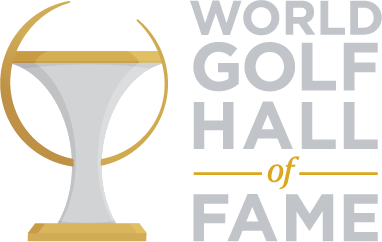In the long history of golf there have been three instances of sustained brilliance. Two are immediately obvious: Bobby Jones’ Grand Slam and Ben Hogan’s magical 1953 campaign. Although it is rarely remembered, Lawson Little may have topped them both.
In 1934 and 1935 Little became the first golfer to sweep the British and American Amateur Championships in consecutive years, two “Little Slams” as the pundits of the day referred to them. During his phenomenal run, Little won 32 consecutive matches on both sides of the Atlantic with an overpowering game built on booming drives and brooding intensity.
It is a testament to Little’s amateur dominance that when he followed up with a professional career that included seven victories and a U.S. Open title, it was considered somewhat of a comedown. Wrote Charles Price, “Lawson Little was the greatest match player in the history of golf.”

